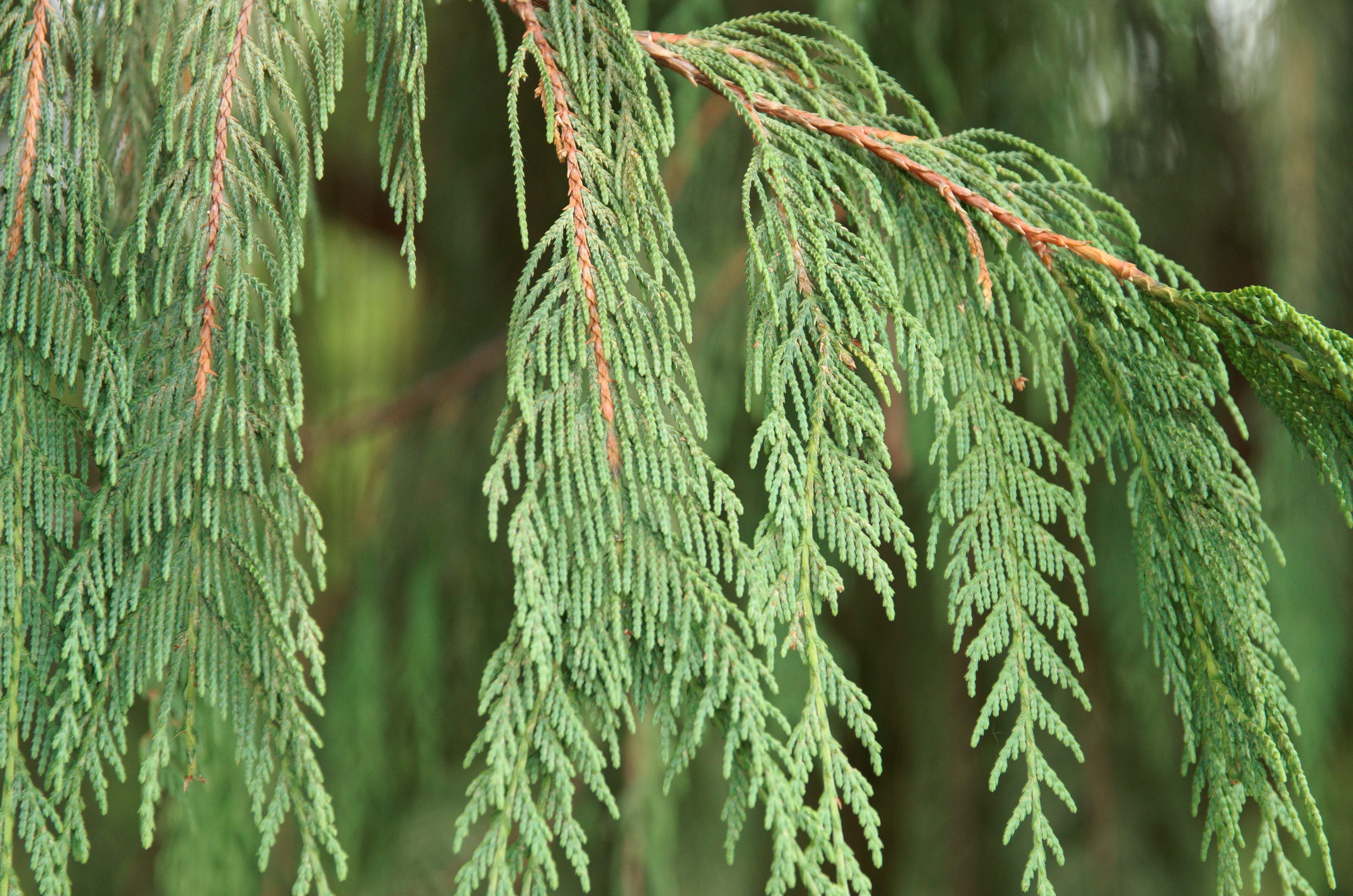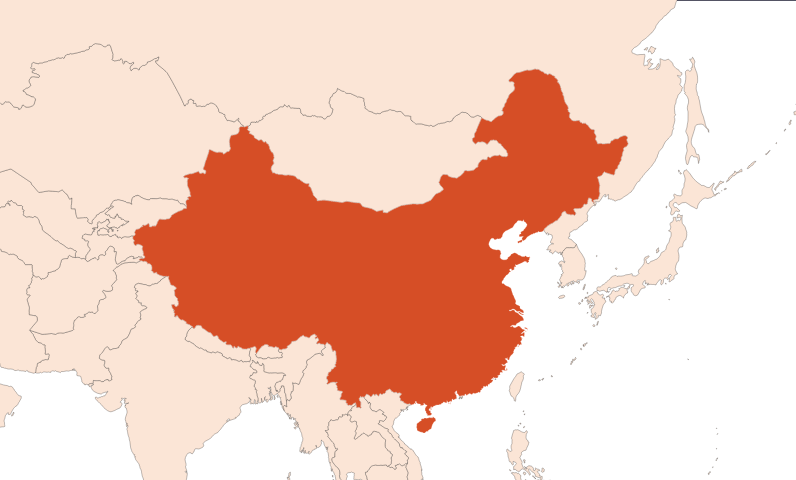Cedarwood Chinese EO
Naturelle
Woody > Cedar > Smoky Woods

Crédits photo: ScenTree SAS
Latin name :
Cupressus funebris
Botanical profile :
This cedar is actually part of the cypress family, called Cupressaceae, and is of the genus Cupressus.
Geographic origin :
Originally from China, this cedar is still grown mainly in China.
Chemotypes :
Today, we can count around 600 different species of conifer. Among them, the tallest (more than 100 m) and the oldest (more than 4 800 years old) tree on earth.
Cedrus genus is made of 4 major species :
Cedarwood Atlas EO - (Cedrus atlantica), majorly containing Himalaiene but containing very few Cedrene (≈2%) and no Cedrol.
Cedarwood Himalaya EO - (Cedrus deodara).
Cedarwood Lebanon EO - (Cedrus Libani).
Cedarwood Cyprus EO - (Cedrus brevifolia).
It is to be notes that many other essential oils are called ''cedarwood '' oil in perfumery. Their botanical genus is not the same for every one of them.
Cedarwood Virginia EO and Cedarwood Texas EO belong to the genus Juniperus (Juniperus virginiana, Juniperus mexicana), the one of Juniper tree.
Cedarwood Chinese EO and Cedarwood Alaska EO are Cypress trees, as they belong to the genus Cupressus (respectively Cupressus funebris and Cupressus nootkatensis ).
These ''false '' cedarwoods take their name from the presence of Cedrol in their oil, which is even more important for Alaska and Virginia cedarwoods.
Cedrus genus is made of 4 major species :
Cedarwood Atlas EO - (Cedrus atlantica), majorly containing Himalaiene but containing very few Cedrene (≈2%) and no Cedrol.
Cedarwood Himalaya EO - (Cedrus deodara).
Cedarwood Lebanon EO - (Cedrus Libani).
Cedarwood Cyprus EO - (Cedrus brevifolia).
It is to be notes that many other essential oils are called ''cedarwood '' oil in perfumery. Their botanical genus is not the same for every one of them.
Cedarwood Virginia EO and Cedarwood Texas EO belong to the genus Juniperus (Juniperus virginiana, Juniperus mexicana), the one of Juniper tree.
Cedarwood Chinese EO and Cedarwood Alaska EO are Cypress trees, as they belong to the genus Cupressus (respectively Cupressus funebris and Cupressus nootkatensis ).
These ''false '' cedarwoods take their name from the presence of Cedrol in their oil, which is even more important for Alaska and Virginia cedarwoods.
Extraction process :
The chinese cedar or Chinese cypress, can reach up to 35 meters high. Its trunk diameter can reach 2 meters, making it quite imposing for a cypress. The propagation of a Chinese cypress crop can be done by cuttings but is usually done naturally because it is a rather invasive species.
In culture, the trunk is cut and crushed before its extraction. After a steam distillation, under pressure and for several hours, the essential oil is collected in an essencier by decantation of the water.
In culture, the trunk is cut and crushed before its extraction. After a steam distillation, under pressure and for several hours, the essential oil is collected in an essencier by decantation of the water.
Major Components :
Thujopsene
alpha-Cedrene (≈20%)
beta-Cedrene (≈6%)
Cedrol
Cuparene
alpha-Cedrene (≈20%)
beta-Cedrene (≈6%)
Cedrol
Cuparene
- Uses in perfumery :
- Used as a trace in woody, dry notes, in men's perfumes to give a dry and smoky effect.
- Other comments :
- This tree is called cedar but is actually part of the cypress family.
Chinese cedar is considered a poor quality cedar because of its smoky note. It is also one of the cheapest cedars as it contains very little cedrol.
The identification of Cedrene and Cedrol in a significative quantity in a perfume GC/MS analysis can help identify the presence of a cedarwood oil - Volatility :
- Base
- Appearance :
- Amber liquid
- Stability :
- The terpenes identified in this raw material can polymerize when they are oxidized
Solubility issues in perfumes - Price Range :
- €€€
- Aromatherapy :
Informations provided below are taken from reference works in aromatherapy. They are given for information purposes only and can not constitute medical information, nor engage the responsibility of ScenTree.
Data not available.

Crédits photo: ScenTree SAS
- EINECS number :
- 285-360-9
- FEMA number :
- Donnée indisponible.
- Allergens :
- This ingredient does not contain any allergen.
- IFRA :
- This ingredient is not restricted
To learn more about IFRA's standards : https://ifrafragrance.org/safe-use/library
ScenTree is solely responsible for the information provided here.
Do you sell any of the raw materials? Would you like to let our users know?
Send an email to fournisseurs@scentree.co to learn about our advertising opportunities.
